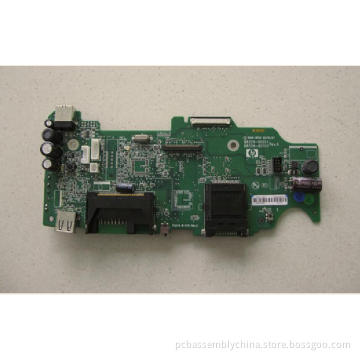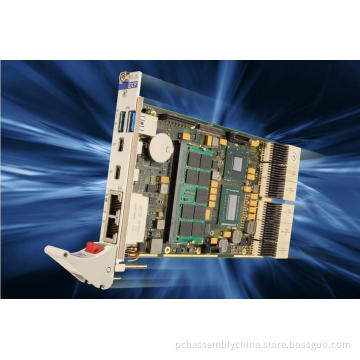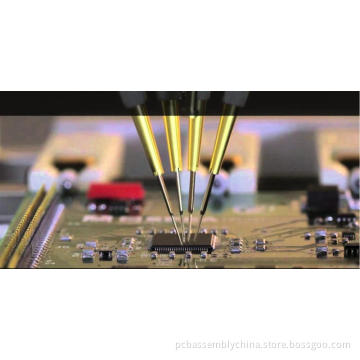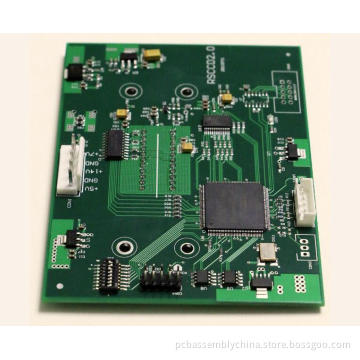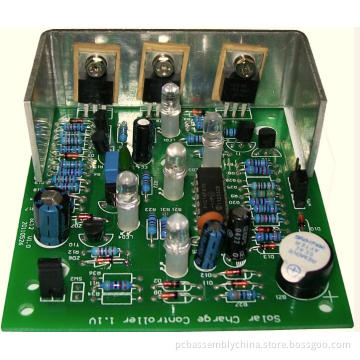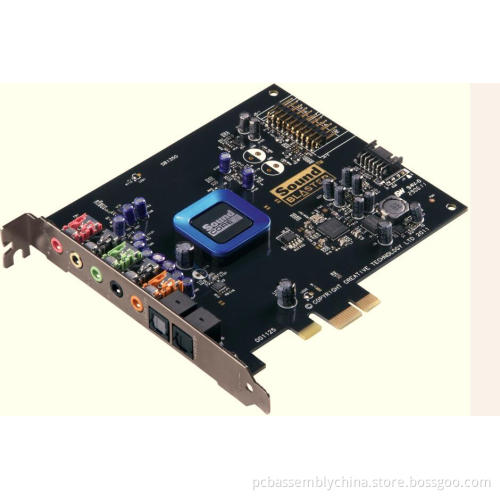
medical hematology equipment electronic assembly
- Payment Type:
- L/C
- Incoterm:
- FOB
- Transportation:
- Ocean
Your message must be between 20 to 2000 characters
Contact Now| Payment Type: | L/C |
|---|---|
| Incoterm: | FOB |
| Transportation: | Ocean |
Instrumentation medical devices hematology equipment instruments pcba assembly electronics oem contract manufacturing services OEM CEM EMS experience company-China Shenzhen Topscom
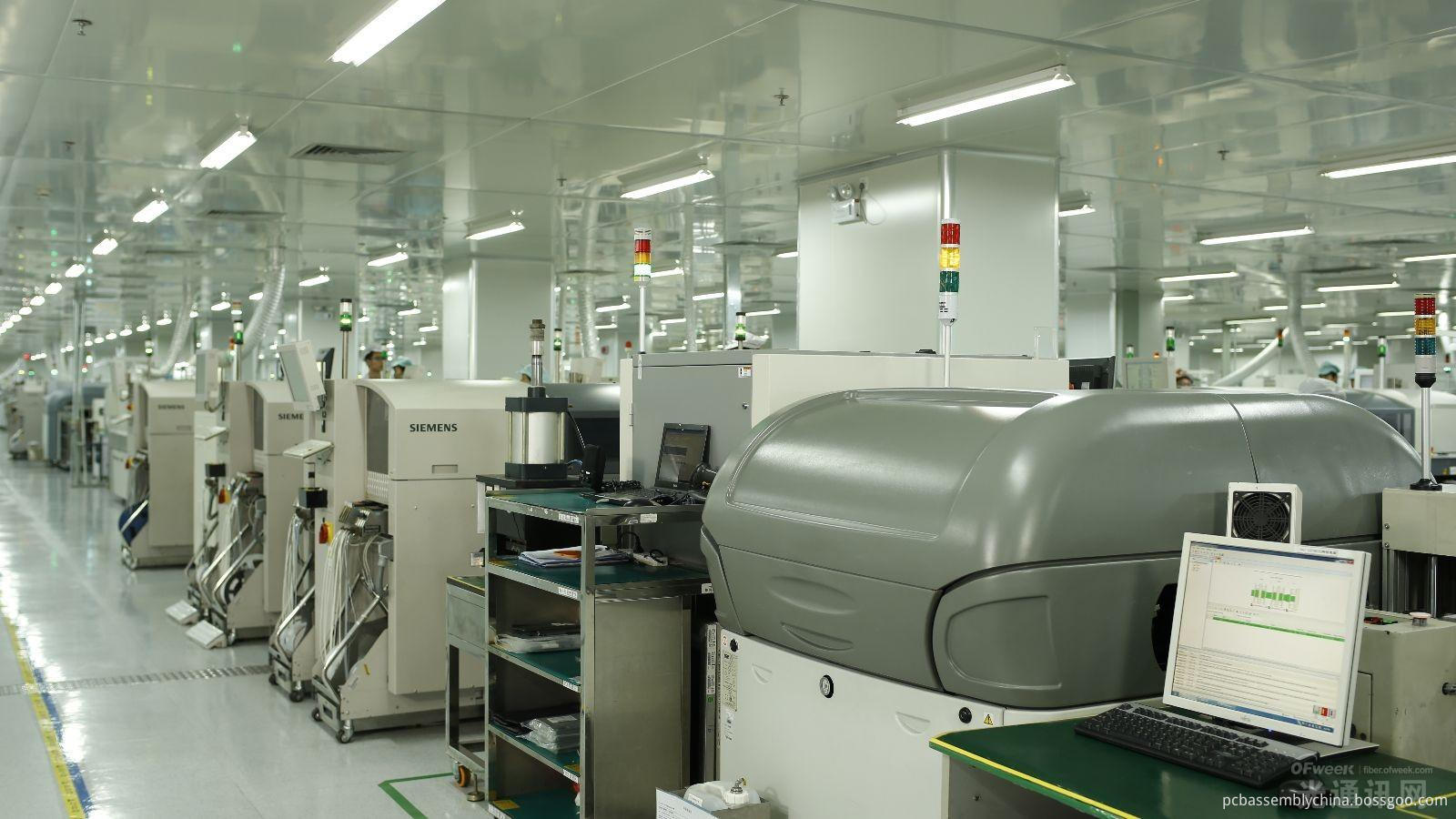
Medical Hematology instruments
Microelectromechanical systems (MEMS, also written as micro-electro-mechanical, MicroElectroMechanical or microelectronic and microelectromechanical systems and the related micromechatronics) is the technology of microscopic devices, particularly those with moving parts. It merges at the nano-scale into nanoelectromechanical systems (NEMS) and nanotechnology. MEMS are also referred to as micromachines in Japan, or micro systems technology (MST) in Europe.
MEMS are separate and distinct from the hypothetical vision of molecular nanotechnology or molecular electronics. MEMS are made up of components between 1 and 100 micrometres in size (i.e. 0.001 to 0.1 mm), and MEMS devices generally range in size from 20 micrometres to a millimetre (i.e. 0.02 to 1.0 mm). They usually consist of a central unit that processes data (the microprocessor) and several components that interact with the surroundings such as microsensors.At these size scales, the standard constructs of classical physics are not always useful. Because of the large surface area to volume ratio of MEMS, surface effects such as electrostatics and wetting dominate over volume effects such as inertia or thermal mass.
The potential of very small machines was appreciated before the technology existed that could make them (see, for example, Richard Feynman's famous 1959 lecture There's Plenty of Room at the Bottom). MEMS became practical once they could be fabricated using modified semiconductor device fabrication technologies, normally used to make electronics. These include molding and plating, wet etching (KOH, TMAH) and dry etching (RIE and DRIE), electro discharge machining (EDM), and other technologies capable of manufacturing small devices. An early example of a MEMS device is the resonistor – an electromechanical monolithic resonator.
Hematology Instruments
Hematology instruments are machines that analyze blood. Used in medical labs, hematology instruments can do blood counts, detect proteins or enzymes, and help to diagnose illnesses or genetic defects.
The instruments include analyzers, flow cytometers, coagulation analyzers, and slide stainers. Hematology analyzers help to diagnose anemias, infections, viruses, genetic problems, diabetes, cancers, and determine plasma drug levels, for both therapeutic and illicit drugs. Flow cytometers count blood cells and detect biomarkers which indicate certain cancers or organ failures. Coagulation analyzers test how long it takes for blood to clot, allowing for monitoring of blood thinning drugs. Slide stainers automatically make and stain slides from a blood sample.
Considerations for purchasing hematology instruments
The type of hematology instrument that will work best in your lab depends on the volume of testing and what type of testing you need to do. Some hematology instruments run one kind of analysis and others run several. The capacity of the instrument and its speed will vary between machines, as will the size of the sample needed. Having an automatic slide stainer will allow a sample to make more slides than if made manually, so if there is a need for many slides from one sample, this could be an important hematology instrument to have.
Discover and compare hematology instruments from various manufacturers and include:
Coagulation Analyzer /Microcoagulation System
Erythrocyte Sedimentation Rate Analyzer
ESR (Sed Rate) Analyzers
HbA1c Analyzer / Hemoglobin Analyzer
Hematology Analyzers
Hemostasis Analyzer
Plasma Protein Analyzers
Related Keywords


